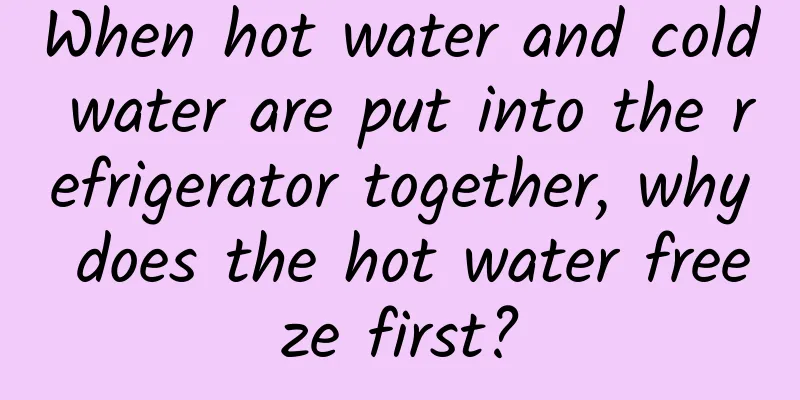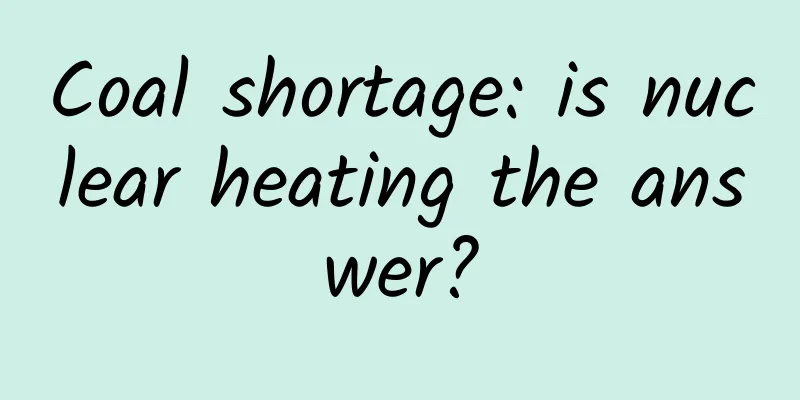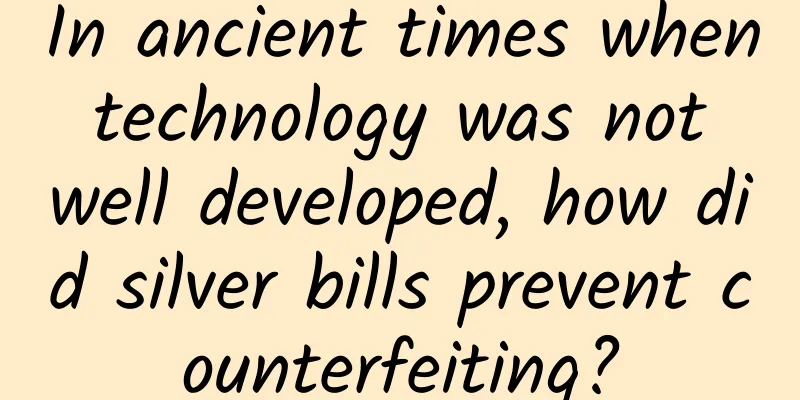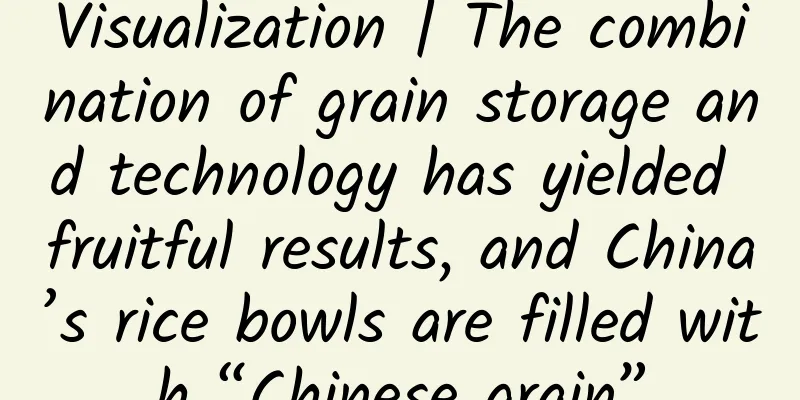When hot water and cold water are put into the refrigerator together, why does the hot water freeze first?

|
Image source: Pixabay In the hot summer, if you are in a hurry to use ice, would you choose to put cold water or hot water in the refrigerator? Common sense tells us that of course you should use cold water. Because cold water is lower in temperature, it will freeze faster. However, decades ago, a teenager discovered that hot water in the refrigerator freezes earlier than cold water. This not only overturned people's cognition, but also triggered a half-century-long debate in the academic community. There is an interesting story behind the widely circulated saying that hot water may freeze faster than cold water. In 1963, Erasto Mpemba, a Tanzanian teenager who was still in middle school, made ice cream with his classmates. In order to occupy the limited refrigerator space, Mpemba did not wait for the milk to cool to room temperature like other classmates, but put the freshly boiled hot milk directly into the refrigerator. An hour and a half later, he found that his hot milk had frozen into ice cream, but the cold milk that was put into the refrigerator with the hot milk was still in the state of thick milk slurry. How can hot milk freeze faster than cold milk? Mpemba was very confused, so he went to ask his middle school physics teacher, but was told: "You must be wrong, that can't happen." Mpemba held this question in his mind until physicist Denis Osborne came to Mpemba's high school to audit a physics course. Osborne always remembered that the teenager raised his hand and asked, "If you take two beakers and fill them with the same amount of water, but one beaker is 35°C and the other is 100°C. Then put the two beakers of water in the refrigerator together, you will find that the 100°C beaker freezes first. Why is that?" Osborne did not believe it at first, but out of curiosity, he did an experiment. Osborne then invited Mpemba to the University of Dares Salaam in Tanzania to study this phenomenon together and named it the "Mpemba effect." Mpemba and Osborne first demonstrated the Mpemba effect in a 1969 paper published in the journal Physics Education. However, they were unable to reliably replicate their initial results in subsequent experiments, sparking a huge controversy: Did the failure of the experiment mean that the Mpemba effect did not exist? Or was it because the experiment was too crude and did not take into account the influence of unknown variables? In fact, the freezing experiment is very delicate, and any tiny detail may affect the freezing process. Part 1 Non-equilibrium system Over the past few decades, scientists have proposed many theories to explain the Mpemba effect. Some believe that hot water evaporates faster than cold water, and its volume is smaller than that of cold water, so it freezes faster; others believe that cold water has more dissolved gases, so its freezing point is lower; and some believe that external factors are at work: a layer of frost will condense on the wall of the cup in the refrigerator, which prevents heat from escaping from the cold water. But hot water will continue to melt this layer of frost, thereby dissipating heat faster and cooling and freezing. However, these explanations all have a premise - the Mpemba effect is real and hot water does freeze faster than cold water. But not everyone agrees with this premise. Image source: Pixabay In 2016, Henry Burridge, a physicist at Imperial College London, and Paul Linden, a mathematician at the University of Cambridge, tested the Mpemba effect. Unable to directly observe the freezing process, Burridge and Linden instead measured the time it took for the water temperature to drop from its initial temperature to 0°C. They were surprised to find that the result depended on where the thermometer was placed in the water: if the thermometer was placed at the same depth, the Mpemba effect would not occur between the hot and cold water; but if the depth of the thermometer was placed with a deviation of even 1 cm, the Mpemba effect might be falsely "confirmed". The experimental results of Burridge and Linden reflect the high sensitivity of the freezing experiment. Although it is not possible to determine whether the Mpemba effect exists, it reveals the key reason why this effect is so unstable: a glass of water is an unstable non-equilibrium system during the process of rapid cooling. In contrast, water at room temperature is a system in thermal equilibrium, which can be described by three parameters: temperature, volume, and number of molecules. If you put this glass of water in a refrigerator, you can imagine that the water molecules on the outside of the glass are cold, but the water molecules inside the glass remain warm. At this point, the liquid in the glass can no longer be clearly described by parameters such as temperature and pressure, because all parameters are constantly changing, and it becomes an unstable non-equilibrium system. Physicists have always known very little about non-equilibrium systems. Part.2 Strange "shortcut" Zhiyue Lu, an assistant professor of chemistry at the University of North Carolina, was curious about the Mpemba effect when he read about it when he was young. After studying nonequilibrium thermodynamics in graduate school, he began to design experiments to verify the Mpemba effect. Lu later met Oren Raz, who was studying nonequilibrium statistical physics at the Weizmann Institute of Science in Israel, and the two designed a theoretical framework to study the Mpemba effect together. In 2017, Lu and Raz published an article in the Proceedings of the National Academy of Sciences. Through random particle dynamics simulations, they found that under certain conditions, both the Mpemba effect and the inverse Mpemba effect (for example, cold water heats up faster than hot water) may occur. The results showed that particles in the hotter system have more energy and can try more paths of temperature change, including a "shortcut": during the cooling process, the hot system can surpass the cold system through the shortcut and reach the final state faster. "We all take for granted that temperature changes are linear -- either up or down," Raz said. "Systems always go from a higher temperature to an intermediate temperature and then to a lower temperature. But it's a fallacy to describe nonequilibrium systems in terms of temperature. So it's not surprising that there are 'strange shortcuts'." Image source: Pixabay In 2019, Marija Vucelja, a statistical physicist at the University of Virginia, and Raz and others proposed a theoretical prediction: the Mpemba effect may occur in most disordered materials (non-periodic arrangement of molecules in the material), such as glass. This theoretical prediction covers a wide range, including a variety of materials, but water is not a disordered material and is not within the scope of this theory. Part.3 The view of “Energy Landscape” To verify these theoretical predictions, Raz and Lu found experimental physicist John Bechhoefer. Bechhoefer and his collaborator Avinash Kumar proposed an ingenious experimental plan. They chose tiny glass beads (visible only under a microscope) to replace the microscopic particles in the system and used lasers to create a W-shaped "energy landscape". The deeper valley in the W-shape represents the final stable equilibrium state of the system; while the other shallower valley represents a metastable state of the system closer to the final equilibrium state, because the particle may fall into it, but it is more likely to fall into the deeper valley in the end. Image credit: Merrill Sherman/Quanta Magazine They put the "energy landscape" into water, and the glass bead was able to get rid of gravity and move freely. Then, they placed the glass bead in different positions in the energy landscape, repeated the experiment a thousand times, and superimposed the results of the thousand observations. In this way, a system of a thousand single particles is equivalent to a system containing a thousand particles. The researchers placed glass beads anywhere in the energy landscape to simulate an initially hotter system. Because hot systems contain more energy, particles can more actively wander around and explore the energy landscape. When simulating colder systems, the initial position of the glass beads needs to be restricted to an area close to a deep valley. When simulating the cooling process, the glass beads will first sink into one of the valleys, and then, under the disturbance of water molecules, the glass beads will jump back and forth between the two valleys. When the ratio of the length of time the glass beads stay in each valley is stable, it can be determined that it has completed the cooling process. Depending on the water temperature of the environment in which the glass beads are located and the size of the energy landscape, the criteria for determining whether the cooling is complete are also different. For example, the particle can be judged to have completed cooling by falling into a metastable state 20% of the time and a stable state 80% of the time. Under certain initial conditions, hot systems cool more slowly than cold systems, which is consistent with our intuition. But sometimes, particles in hot systems sink into the valley faster. When the experimental parameters are adjusted just right, the particles in the hot system reach the prescribed cooling completion state almost immediately, much faster than the cold system - Raz, Vucella and others have long predicted this phenomenon and named it the Strong Mpemba Effect. In 2020, they published this result in the journal Nature. Earlier this year, they published experimental research on the reverse Mpemba effect in the Proceedings of the National Academy of Sciences. “The results are very clear,” says Raúl Rica Alarcón of the University of Granada in Spain, who is conducting experiments on the Mpemba effect. “All these studies show that it is possible for a system that is further away from its target state to reach it faster.” Part.4 Unresolved Water Bechhof’s experiment provides an explanation—the Mpemba effect may occur in systems with metastable states. But is it the only explanation? How other substances experience nonequilibrium heating and cooling, and whether the Mpemba effect will occur? These questions remain unsolved mysteries. Even whether the Mpemba effect exists in water remains an open question. "Understanding the process of a system relaxing from a non-equilibrium state to an equilibrium state is a very important topic, but frankly, we still don't have a good theoretical system," Raz said. Determining which systems may behave in counterintuitive ways like the Mpemba effect "will help us better understand the relaxation process of the system." |
>>: Genetically modified organisms: Things related to human development
Recommend
We studied 500 vertical screen ads and revealed the 5 rules for making Tik Tok hits!
I have three Tik Tok communities , which contain ...
The Astronomical Mystery of "Five Stars Rising from the East Bring Good Luck to China"
Produced by: Science Popularization China Author:...
A hundred years ago, would anyone who said "smoking is harmful to health" be considered a lunatic?
Many smokers know that smoking is harmful to heal...
What does the "how" in Baidu bidding mean? How to modify the title of Baidu bidding method?
How to apply for Baidu Xijing? Can a general acco...
Talk about why there is a global "chip shortage"
Since 2020, the chip shortage problem has gradual...
National Ear Care Day | How does otolithiasis occur? See the amazing journey of an otolith
Author: Pang Yufeng Director and Chief Physician ...
Why do some people play with their phones every day and still have good eyesight? (But I can’t)
Myopia is a problem. Once you forget to wear glas...
Double 12 excellent brand promotion cases are here
For operations partners, the activities at the en...
The stay-at-home economy opens a new era of TV marketing, and Coocaa Technology leads OTT marketing into the second half
As the OTT marketing industry continues to evolve...
Audi uses projection to replace the central control screen, allowing you to lie in the car and watch movies
Autonomous driving is getting closer and closer t...
Apple releases iOS and iPadOS 12.5.4 updates for older devices
Apple today released new iOS and iPadOS 12.5.4 up...
2022 Virtual Project Practical Guide, How to Build a Store with a Monthly Income of Ten Thousand Yuan from Scratch for Beginners [Video Course]
2022 Virtual Project Practical Guide, Novices Cre...
Wild animals frequently "enter cities", and it is urgent to build a new model of scientific coexistence
This year, Siberian tigers have invaded villages,...
The success logic of the 200 billion yuan entertainment/education market for the middle-aged and elderly: customer acquisition, operation, and monetization
More and more middle-aged and elderly people are ...
How do new media professionals follow hot topics? Here are my 4 thoughts
In the past few months, I have been struggling wi...









